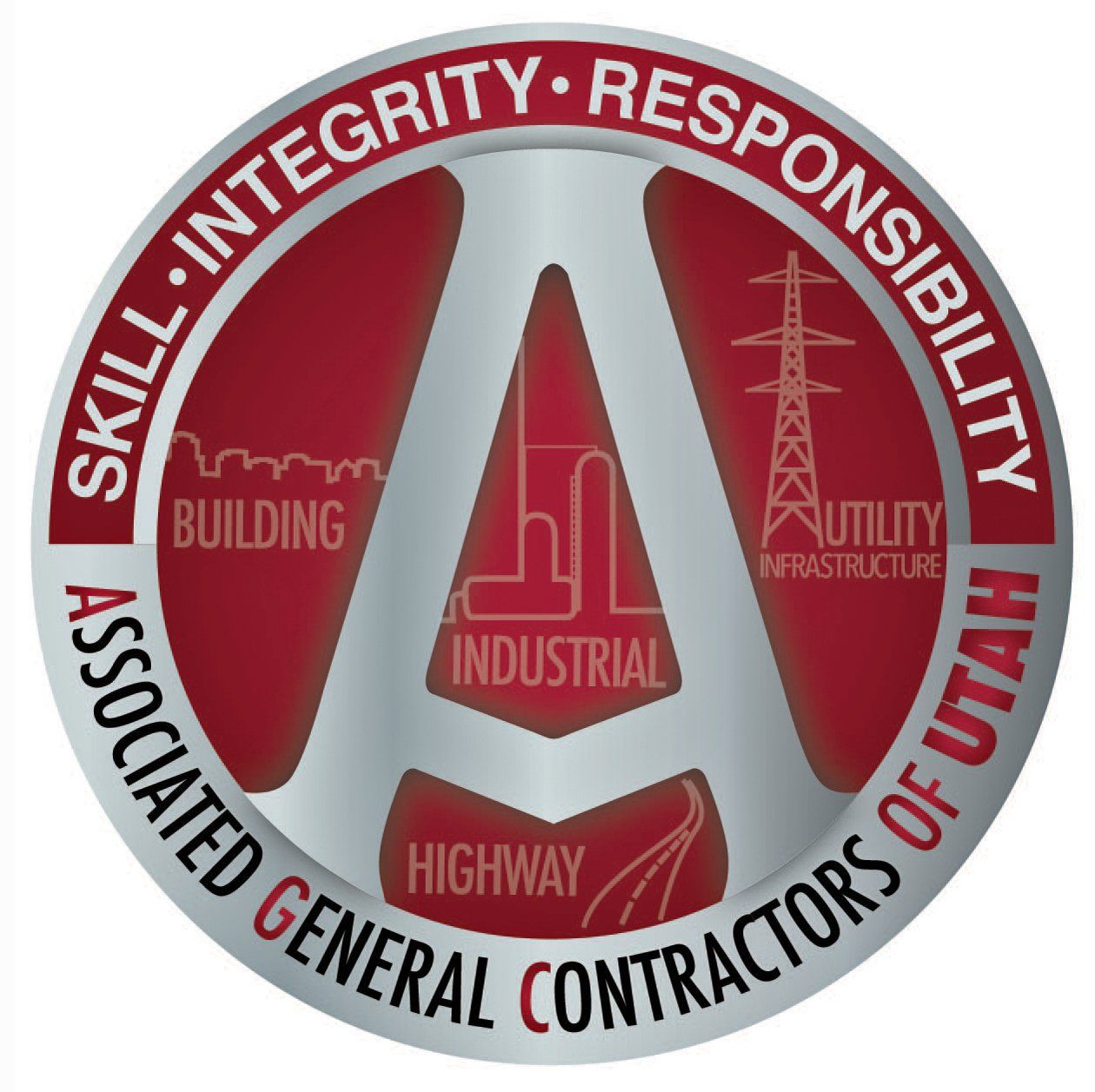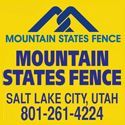Heavy/Highway
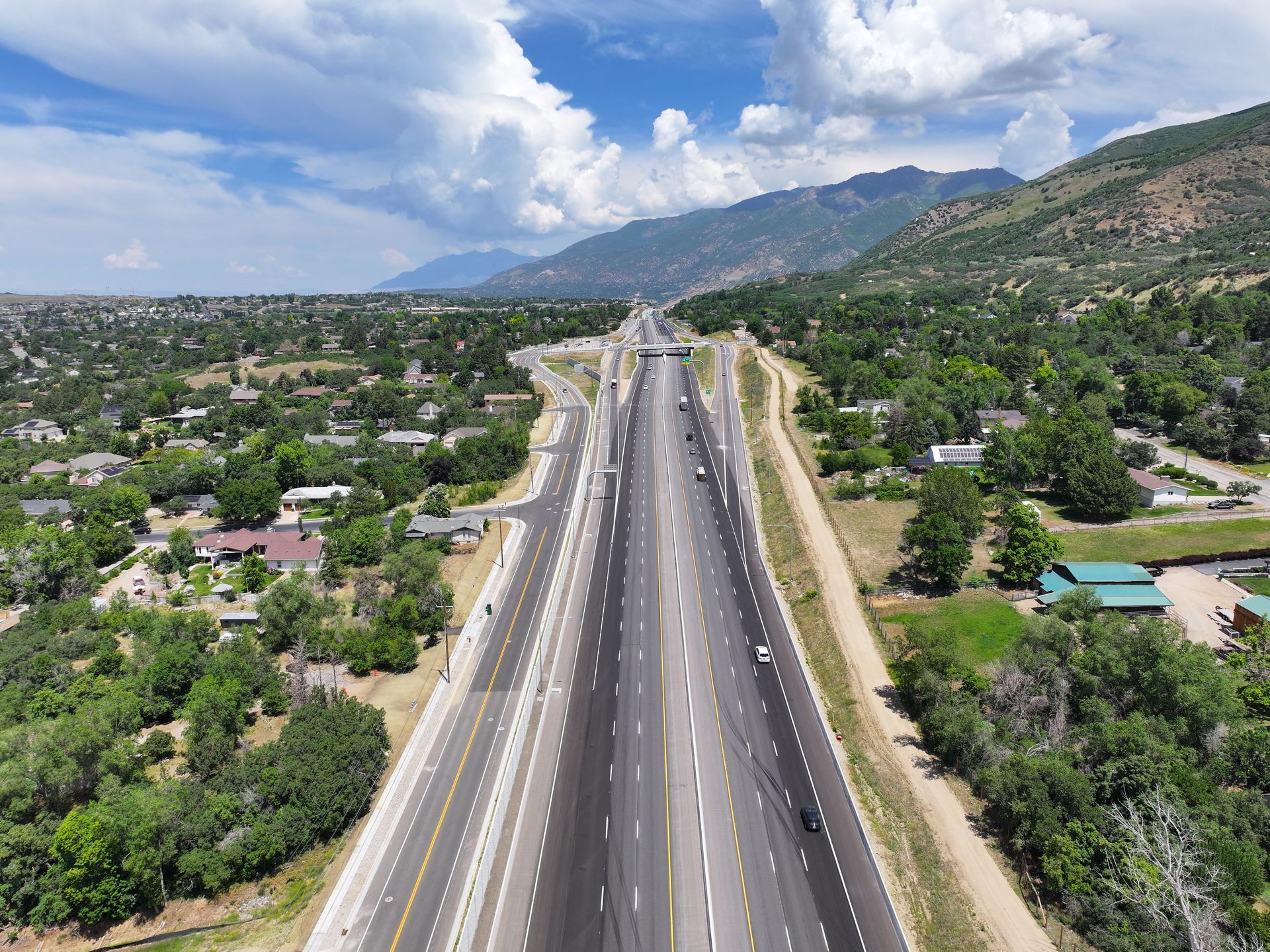
Hailed as the first-ever 'Progressive Design-Build' project for the Utah Department of Transportation (UDOT), the reconstruction of US-89 project in Davis County was celebrated at a ribbon cutting June 30, marking UDOT's largest completed project since I-15 CORE in Utah County in 2012. Beyond the usual physical challenges associated with a project of this size and scope ($526 million; $384 million construction cost), this one caused significant initial heartburn among the communities impacted by the proposed right-of-way and those living adjacent to the highway, with concern over how grade separations at interchanges would compromise views. UDOT listened and made significant adjustments to satisfy public demand. "This project was for the customers, the public who lives along this corridor and those who travel through it," said Rob Wight, Region One Director. "There was some difficulty early on. UDOT gets accused a lot of times for not listening, but we do listen, and we made changes to the project that made it a better project overall. That is an asset that is going to be here for a long time." Improving public safety is always UDOT's number one goal—Zero Fatalities is forever the mantra—and the structural improvements made to US-89 spanning Main Street in Farmington to SR-193 in Layton is a major victory for all parties involved in furthering that goal. Progressive Design-Build is considered an innovative approach that combines the strengths of the design-build and CMAR project delivery methods. Its "progressive" distinction lies in its emphasis on collaboration and teamwork, uniting project owners, the design-build team, and all stakeholders. Unlike traditional design-build projects, which often limit collaboration, Progressive Design-Build (PDB) orchestrates an environment where all parties work together, steering the project's course by jointly managing risks and capitalizing on opportunities across its lifecycle. Having that collaborative cohesiveness allowed the project to wrap up in just over three years, a highly ambitious schedule that impacted a significant number of residents due to right-of-way demands. "We looked at all of the different challenges and risks associated with the project, and we thought using the progressive design-build model limited the Department's exposure [...] and gave us the ability to work through challenges in a collaborative manner," said Mike Romero, Project Director for UDOT. "It gives us more open dialogue between the contractor and owner to figure out what the critical issues are and how we can appropriately address them. You can have open, honest dialogue right from the start." "Typically, design-build projects are those that have the highest risks, and the most opportunities for innovation—not just with the owner, but the community," said Randy Jefferies, UDOT Program Director. "It's a great way to collaborate closely in an atmosphere of trust." Wight said design was at the 30% phase—around the same time the contractor got involved—when changes were implemented. "We were able to quickly revise that design [...] and make it more to what the community wanted," he said. "Progressive design-build gave us more flexibility in working with communities. We bring the contractor on in the design phase [...] and we can work through issues and risks before issuing a full contract. We took citizen input, the contractor put a price to it, and it was manifest in lowering the grade of the road. It didn't delay the project at all."
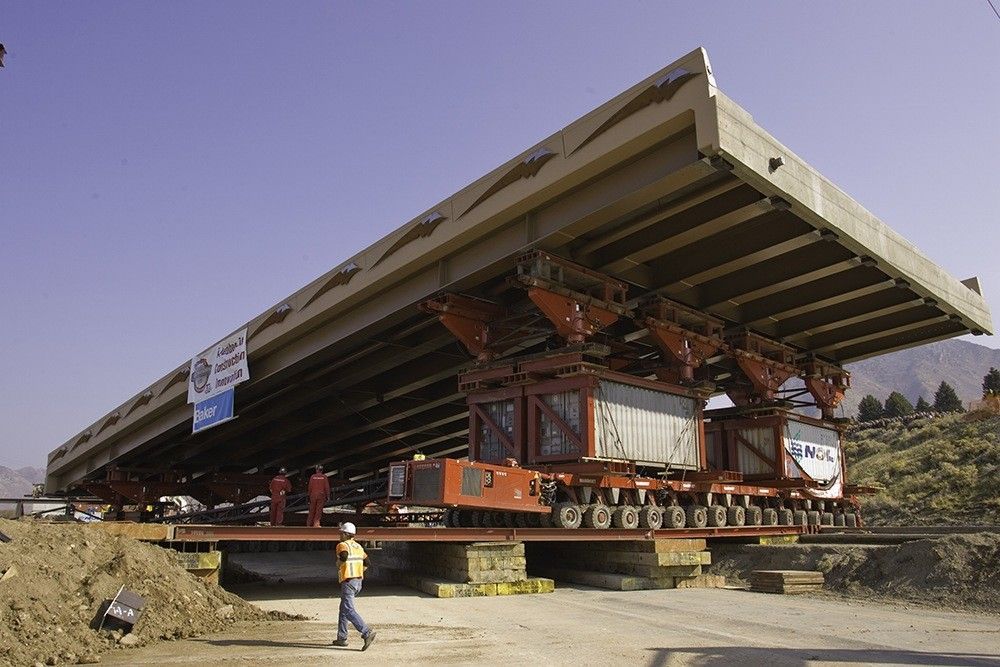
This four-lane, three million-pound bridge superstructure was moved into place in October 2007 via self-propelled modular transporters (SPMTs), the first of 20 bridges utilizing this procedure in UDOT’s history to date. The degree of difficult and level of risk on such projects has caused the Department and its A/E/C partners to favor bridge slides as a better way to execute Accelerated Bridge Construction projects. (photos courtesy RLW Construction)
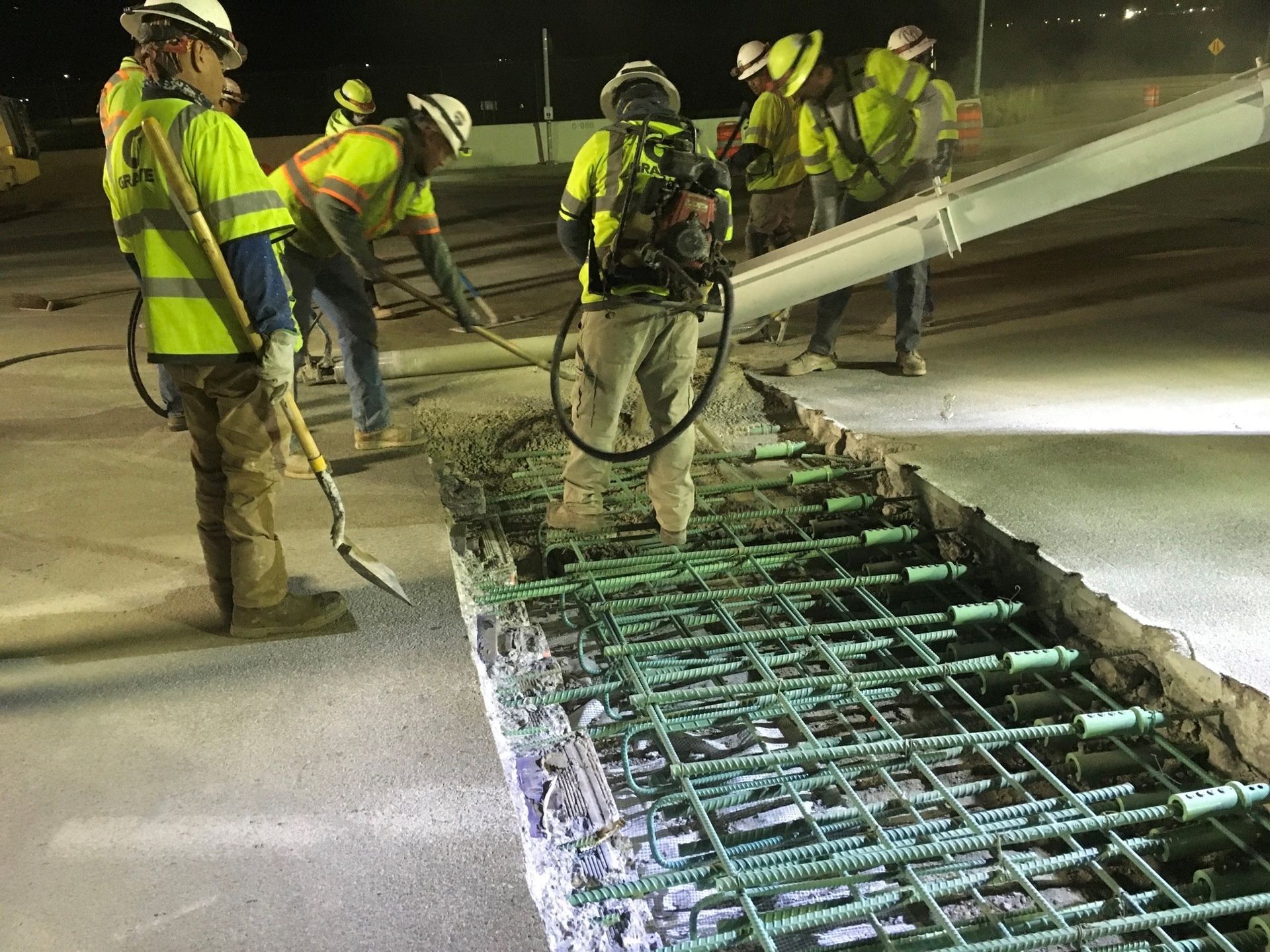
No news is good news on many a roadway project. With no hotline calls coming to the public engagement team led by Kimley-Horn, construction looked to be going off without a hitch from a public perception side, and the public was right. Like ghosts in the night, the Granite Construction team managed by Zach Schweinsberg, Project Manager, completed the SR-26 bridge joint repairs, adding new life to the confluence of roadways in Riverdale. Mind the Gap The SR-26 bridge, originally built in 2006, was working well except for two critical junctures—the expansion joints between the bridge deck and approach slab. The gap from the expansion joint only widened at the surface—nearly eight inches, according to the project team—but created ongoing issues for the traveling public. Repairs in 2013 and consistent maintenance were effective bandaids to keep the joints safe and smooth, but not permanent solutions for such essential infrastructure. At 8–10 inches wide, the bridge would need more steel, both physical and metaphorical, to endure the rigors of daily travel from an average of 52,000 vehicles. The project team wasn’t interested in chiseling away at the old to find a new solution, said Travis Jones of UDOT’s Structures Division. Instead, “We hit [the problem] with a sledgehammer.” They used the full force of expertise, high-end materials, and a best-in-class project team to close the gap for good. Fill the Gap Closing the existing joints would require a bevy of materials: rebar would nearly double in size from the previous joints, giving the joint closure the needed steel to remain closed for the life of the bridge. It led to an early complication, according to Guy Evans, Resident Engineer for designers and owner representatives HW Lochner. “We couldn’t detour people during the day,” he said. “We had to have traffic flowing in the morning” in time for everyone’s daily commute. Speed, stealth, and precision were the themes for the project, according to the various team members. Schweinsberg said the team streamlined the process by pre–saw cutting the removal phase lines in the concrete to ready it for demolition work on the succeeding night. This concrete precutting halved the projected construction time by allowing the crews to work on both joints in a single night shift. To deal with the traffic volume and limited construction window, the construction team bought in 73 CY of Rapid Setting Hydraulic Cement Concrete to work its magic. The concrete, Evans said, came in a volumetric truck that mixes the specialized concrete to exact specifications seconds before placement into the joint. “You can walk on it in an hour and drive a semi over it two hours later,” said Evans of the high-strength, quick-curing concrete. It was the perfect product to seal in steel and resiliency—and seal up the joint. Matt Rink, also from UDOT’s Structures Division, explained that each night, the project team would install traffic control, jackhammer and saw cut to remove the existing concrete and rebar, then put the new rebar back (totaling 21,821 lbs of rebar), pour the rapid-set concrete, remove traffic control, and effectively disappear—all before the clock struck 6 A.M.
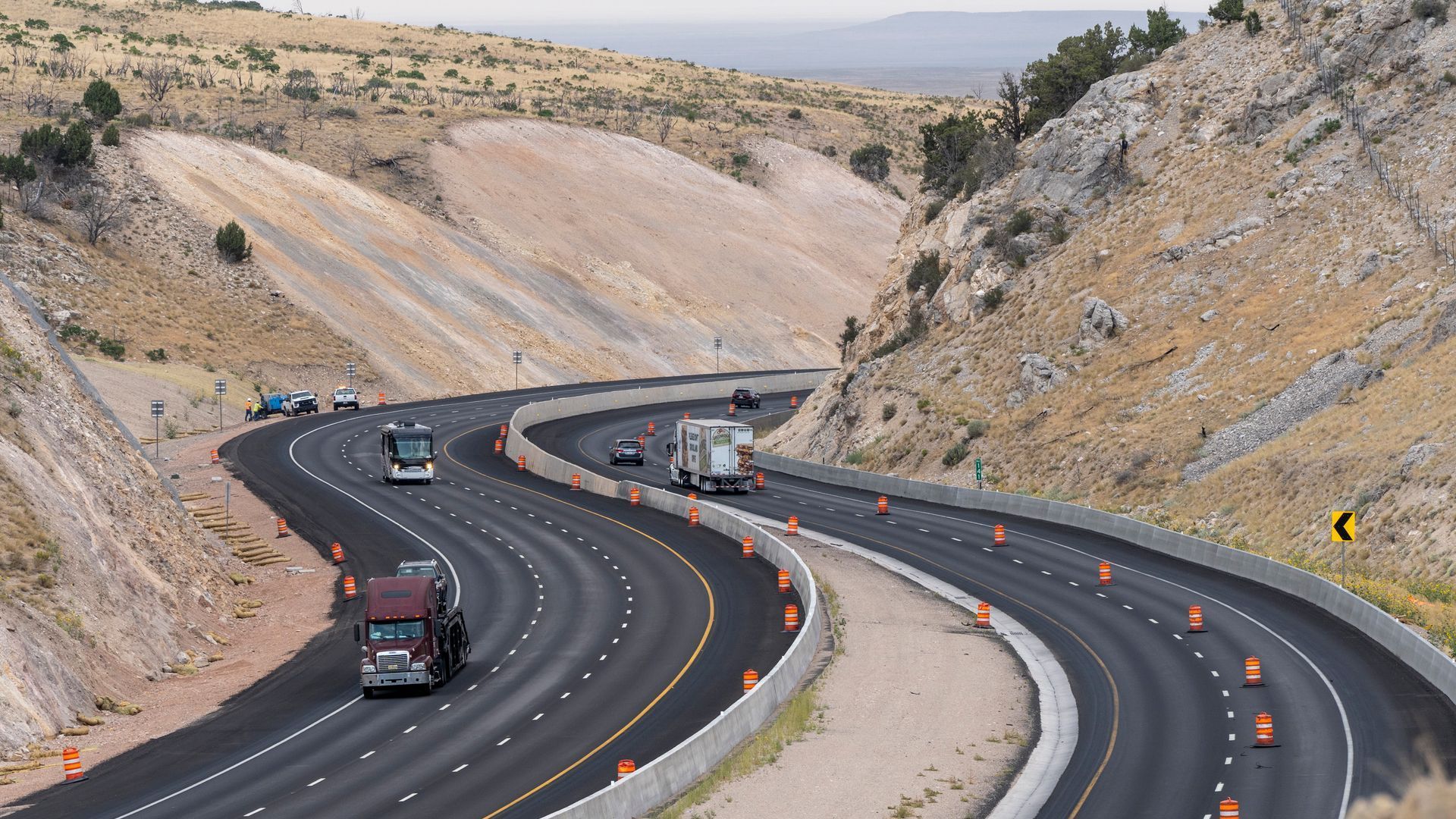
“Disconnected” is not a term anyone on the I-15 Passing Lanes project in Baker Canyon used when recapping their work near Cove Fort, but the concept lingered. With no permanent residents and nearly 30 miles from the nearest inhabited town, Cove Fort is far more popular 2200 miles away in Baltimore, Maryland because of the historic landmark's status as the western terminus of Interstate 70. Disconnected, but not for long. In these remote conditions, the project team focused on tackling three challenges to connect this project via transportation infrastructure: coordinating project sequencing to keep traffic moving, adding wildlife safety measures, and installing the necessary electrical infrastructure for UDOT’s Intelligent Transit System (ITS). Let My People Drive One of the project’s main goals, according to those interviewed, was to create passing lanes that allow motorists to easily pass trucks summiting Baker Canyon inclines. Dan Schaugaard, Project Manager for project general contractor WW Clyde said this was essential because, “Even though it’s a rural area, there is a huge volume of traffic.” UDOT imposed a project restriction due to the sheer traffic combination of trucks carrying cargo from the port of Los Angeles and travelers venturing south for recreation—southbound lanes had to be fully maintained from Thursdays at noon til Monday evenings. Northbound traffic had to be fully maintained from Friday til Monday. As the construction team added third lanes, “We had to support the original volume of traffic on the weekends and at night,” he said. Joe Coleman, Division Manager for Hunt Electric’s Traffic & Infrastructure Division, said that this type of rural, fast-paced project is particularly challenging due to being away from home, burnout from potentially long hours, and isolation from lack of personal connections outside of respective crews. Disconnection issues were only exacerbated as crews implemented Covid-related safety measures. Morning toolbox safety meetings commenced in groups of two or three people instead of the entire working crew, Schaugaard said. Though communication became more arduous, crews managed well, and the project superintendent and foreman utilized every means of communication to alert their teams. While COVID created a disconnect, its effect on travel was a reprieve for construction crews to operate without normal traffic concerns. “Traffic numbers dropped dramatically,” said Devin Monroe, Resident Engineer for UDOT on this project. The blessing in disguise allowed the project team to pivot in those early months of the pandemic. They went full speed ahead without the prior restrictions, agreeing to keep moving and take advantage of the significant decrease in traffic. For quite a few weeks, Monroe reported smooth sailing. Then, Memorial Day hit, and holiday traffic volume was higher than that of the previous year. Construction restrictions returned as traffic numbers after the holiday reverted to their expected levels. Crews added 8.4 miles of passing lane southbound through Baker Canyon to the Cove Fort exit and 1.4 miles of passing lane on the northbound portion of the steepest section near Cove Fort, utilizing 84,000 tons of hot mix asphalt and 20,000 tons of stone matrix asphalt. While imposed restrictions challenged the project team’s sequencing efforts, crews had to coordinate at the highest levels while reconstructing a bridge near Dog Valley. The original two-lane bridge would be demolished in phases to construct the new bridge. Traffic would shift to a new section, with crews installing additional supports underneath to keep it structurally sound before ultimately demolishing the original bridge. Supply chain issues concerning concrete and steel further complicated scheduling and sequencing. Concerning concrete, Schaugaard said the team had to make do with one concrete pour per week and a firm commitment to the schedule. Wildlife Concerns According to Monroe, wildlife protection efforts were another critical component of this freeway project due to the many vehicle-animal collisions happening in the area. Wildlife fencing added on both sides of the road would do plenty to prevent accidents but would hamper migration patterns of the deer and elk that roam the locale. Working with the Utah Division of Wildlife and their collision data necessitated adjustments to the project and maintain the animals’ connection to their migratory routes. The solution was a large, 24-ft by 12-ft precast box culvert that went under the road to give the animals a safe passageway. Schaugaard described a three-phase sequence to achieve this solution. They started with digging out half of the required space, installed a soil nail wall to shore up the vertical excavation, inserted the box, and then backfilled—all while maintaining the two lanes of traffic on each side of the road.
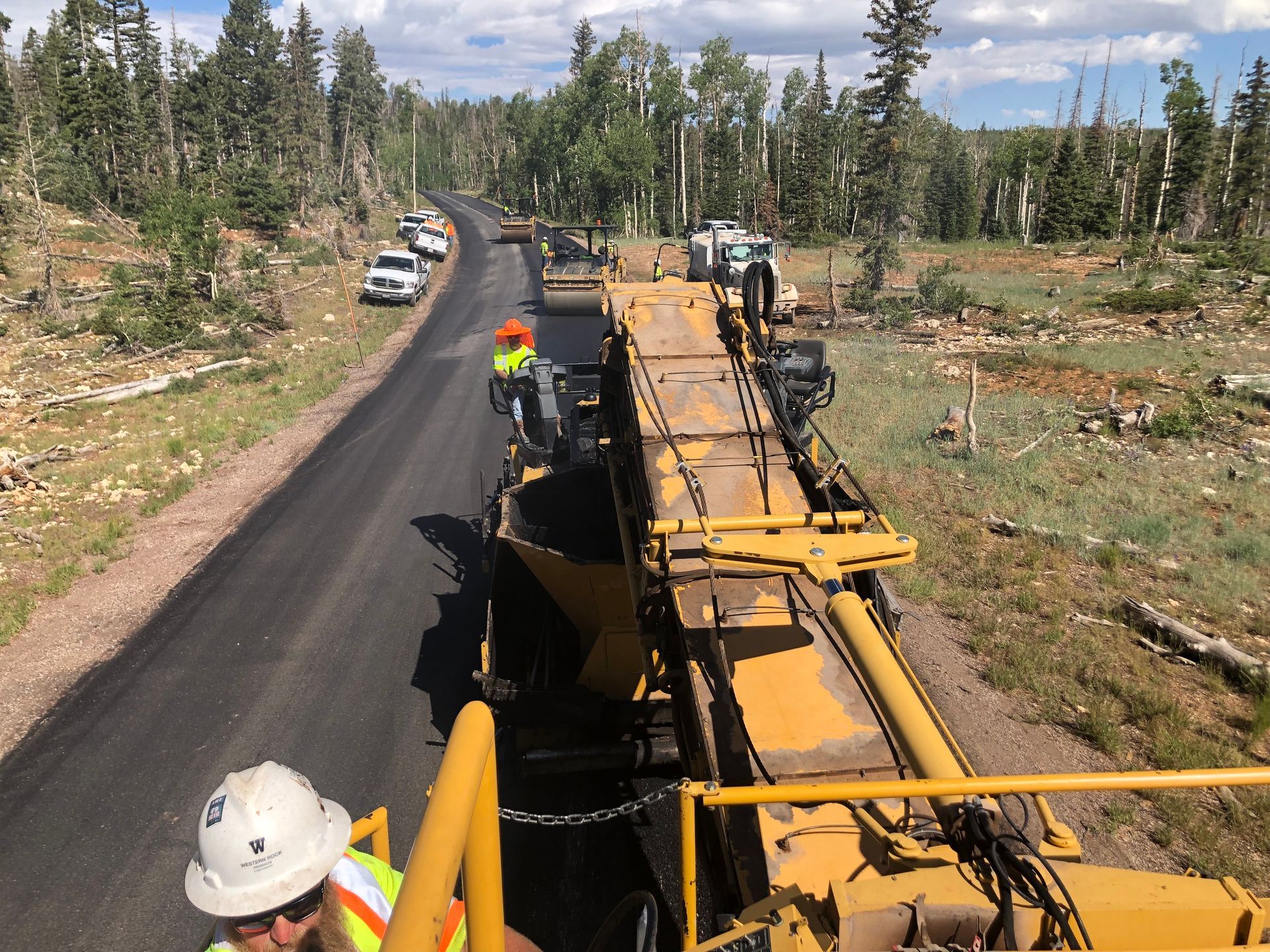
619. That’s how many projects in study, planning, and construction phases that UDOT has in the works at this moment in 2022—each one connecting communities across the Beehive State and allowing them to live, work, and play. The active involvement of UDOT in moving best practices forward is a testament to leaders like Lisa Wilson, Deputy Director of Engineering and Operations for UDOT. She spoke at a NAIOP meeting in June about the department’s mission to enhance quality of life through transportation. UDOT’s mission of connected communities and its strategic goals of preserving infrastructure and optimizing mobility aren’t just for roads, either. UDOT takes its transportation mantle seriously, with Wilson mentioning lots of work going on with “digital roadways” and fiber connections to the internet in rural areas. What else will Utah and UDOT continue to do with their mantle? They will embrace active transportation when connected with projects. Wilson said the millions that UDOT has dedicated to trail connections is money well spent. The inclusivity of these priorities has been a meaningful step in the department’s mission for better mobility, good health, strong economy, and connected communities. The department has also taken a lot of pride in their work increasing safety and the overall character of Bangerter Highway, with Bangerter Three Interchanges recently completing construction. Wilson said that more Bangerter projects would be coming down the pipe to make the highway a true north-south corridor for western Salt Lake County. As projects move forward, we profile some of UDOT’s top projects and highlight what makes the project essential to UDOT’s vision to “Keep Utah Moving.”

















